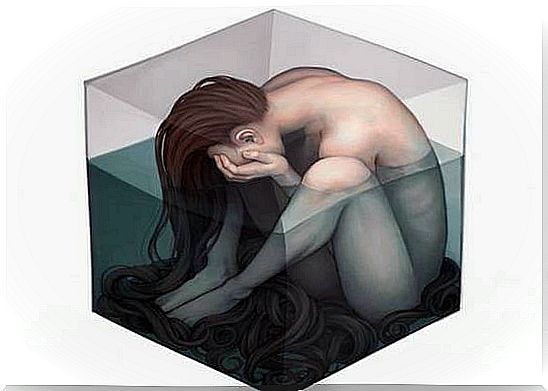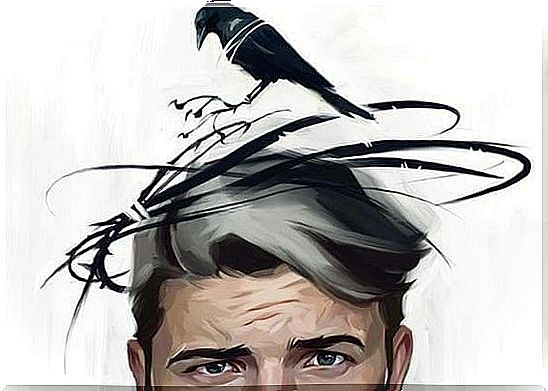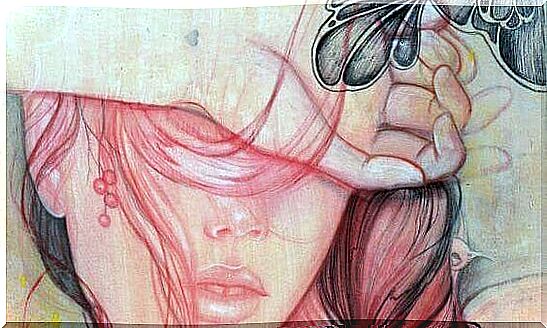Sometimes Sadness Is Also Expressed In A Bad Mood

There are moments when the illusion is tinged with pessimism and the bad mood then becomes that uncomfortable companion that covers everything with its bitter taste. Sadness tends to blur our positive emotions to sharpen them in the form of chronic apathy, a prolonged malaise behind which depression actually hides.
Dysthymic disorder affects almost 5% of the population. Now, its symptoms are sometimes so subtle that we get used to seeing that persistent bad mood or apathy normally because after all, even if it is uncomfortable, it allows us to remain functional.
Something that we must be very clear about is that not all depressions are the same. Each person presents a particular reality that must be cared for and individualized. However, when we talk about dysthymia, it is always very clear that we are facing that profile where discouragement and bitterness trace a very specific type of disease.
We talk about her.

Dysthymia, a very subtle type of depression
One aspect that we must make clear is that sadness, by itself, is not synonymous with depression. Not even a bad mood is always the reflection of a bad temper. , but dysthymia is a subtype and has its own characteristics that must be taken into account:
- The dysthymic person usually complains about almost anything. They suffer from chronic discomfort, an anhedonia that prevents them from being able to enjoy or find the positive side of life.
- They have poor concentration and sleep problems.
- They suffer from alterations in appetite: days of loss of appetite or moments of high anxiety to eat.
- They can maintain a job and professional performance, but their performance is often low.
- They suffer periods of melancholy, of a hidden sadness that is reflected in turn in a weakening of the immune system, which leads to a drop in defenses and diseases.
- Unlike the rest of depressions, the dysthymic person is “functional”, that is, he maintains his responsibilities and is autonomous, but his interpersonal relationships are affected.

Something common that the person with dysthymia usually experiences is to see how their environment also becomes “victimizer”. The bad mood of dysthymic people, far from being understood contaminates the rest, and people choose to put distance : to move away. Little by little he drifts into a vicious circle that increases his dissatisfaction and loneliness even more.
How to cope with dysthymia
It is good to take into account the following clarifications in relation to dysthymia:
- When our brain is dominated by a bad mood, what it actually experiences is an alteration of its brain chemistry : it lacks the “fuel” to experience positive emotions.
- A moody brain presents dysphoria, that is, irritability, dissatisfaction, anxiety … All of this is due to an imbalance in a neurotransmitter called dopamine, which can be re-established by drugs.
- Dysthymia must be treated with appropriate medication and psychotherapy. The support of our environment and our will to cope with this disease are also essential.
Something to keep in mind is that, despite the fact that and treatment by being aware that this discomfort, this bad mood, alters too much your personal balance.
For this reason, and as with other disorders, it is important to show sensitivity and intuition. Bad moods are not always “a contagious virus.” Sometimes behind that mask there is someone who suffers and needs support, closeness.










